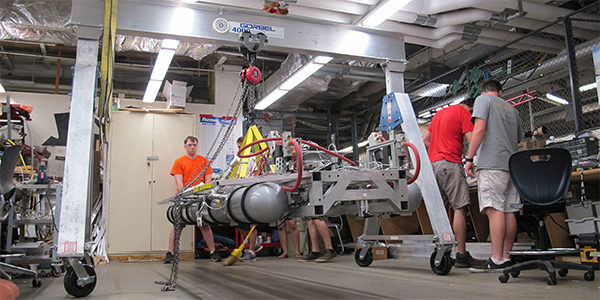Totally tubular: Student teams compete in Hyperloop race

Quick, what's the fastest, safest, cheapest way to move freight between two cities about 500 miles apart?
According to Elon Musk, founder of the Tesla Inc. electric car maker and SpaceX rocket and aerospace firm, it's a six-foot-wide vacuum tube he calls the Hyperloop. Musk popularized the concept in a 2013 white paper that offered a detailed, 58-page description of the hypothetical system. Two years later, SpaceX announced it was building a one-mile demonstration tube at its Hawthorne, Calif., headquarters and would host a competition challenging university teams to design and build the best transport "pod."
This past August, nearly two dozen teams of college students from around the globe assembled in Hawthorne for the SpaceX "Hyperloop II" race, where they vied to see whose magnetic-levitation pod could fly through the tube the fastest. The race represented the third judging phase of the multipart Hyperloop Pod Competition (earlier rounds included a design competition and a preliminary on-track competition).
Among the contestants was a team sponsored by the Fishers, N.Y.-based material handling equipment provider Gorbel Inc. The Gorbel-backed team, known as "Paradigm Hyperloop," is made up of students from Boston's Northeastern University and Canada's Memorial University of Newfoundland. Gorbel provided the team with a two-ton gantry crane that allowed them to safely lift their experimental pod as they tinkered with its suspension, brakes, lateral control, and air bearings, the company said.
Paradigm was the only North American team to make the finals, earning second place overall with a 62 mph run that trailed only the 201-mph run achieved by a German team called WARR Hyperloop. But don't count Paradigm out just yet. The team says it is now preparing for next year's round, which is scheduled to take place in the summer of 2018.
Related Articles
Copyright ©2024. All Rights ReservedDesign, CMS, Hosting & Web Development :: ePublishing